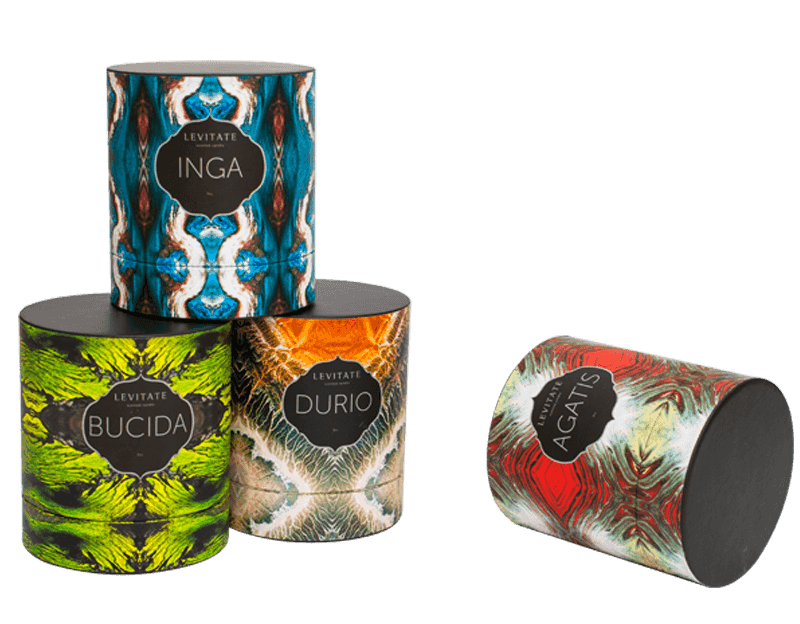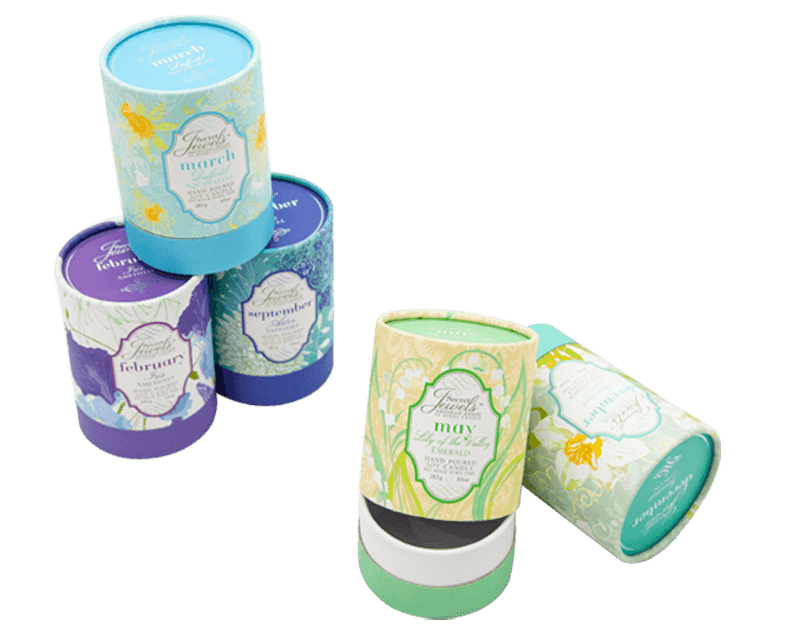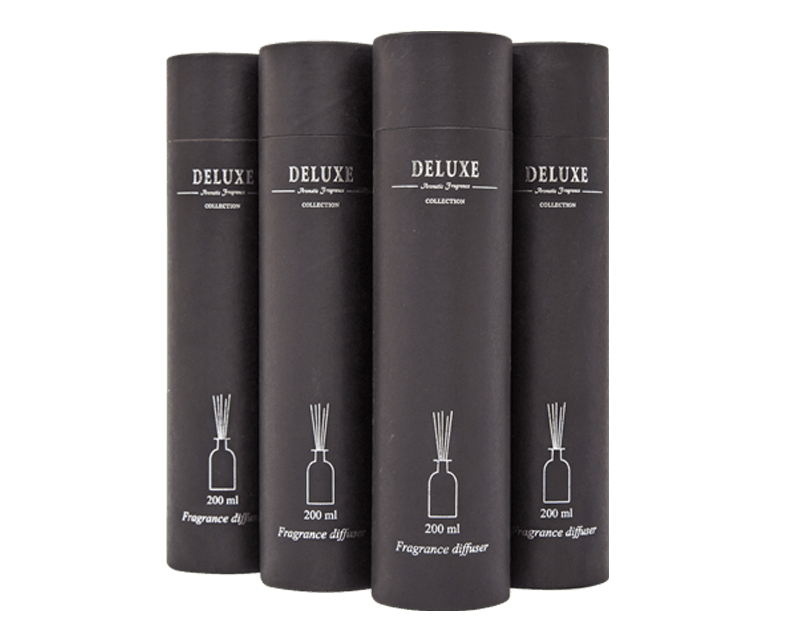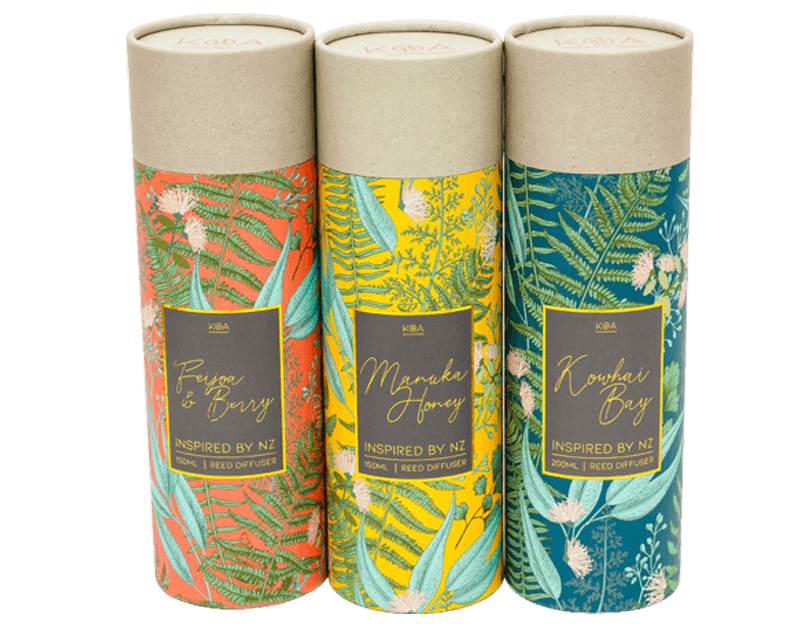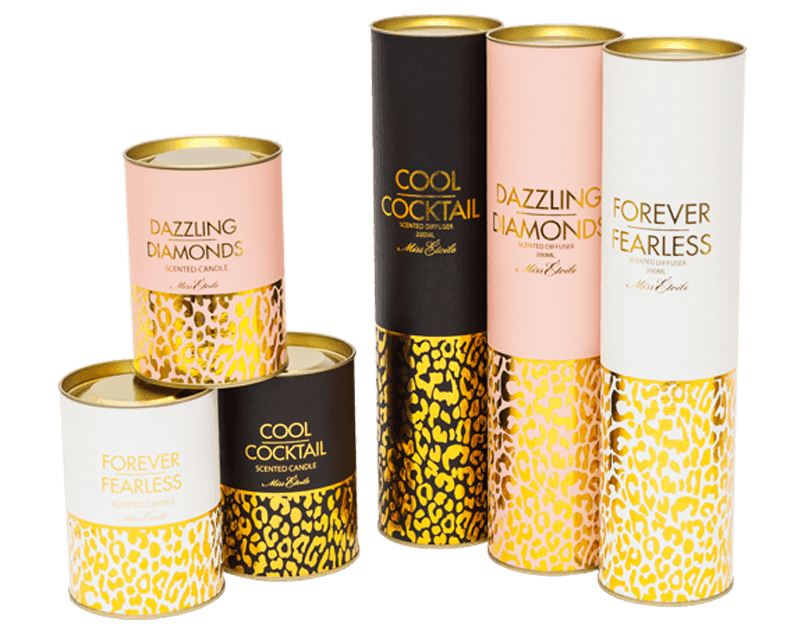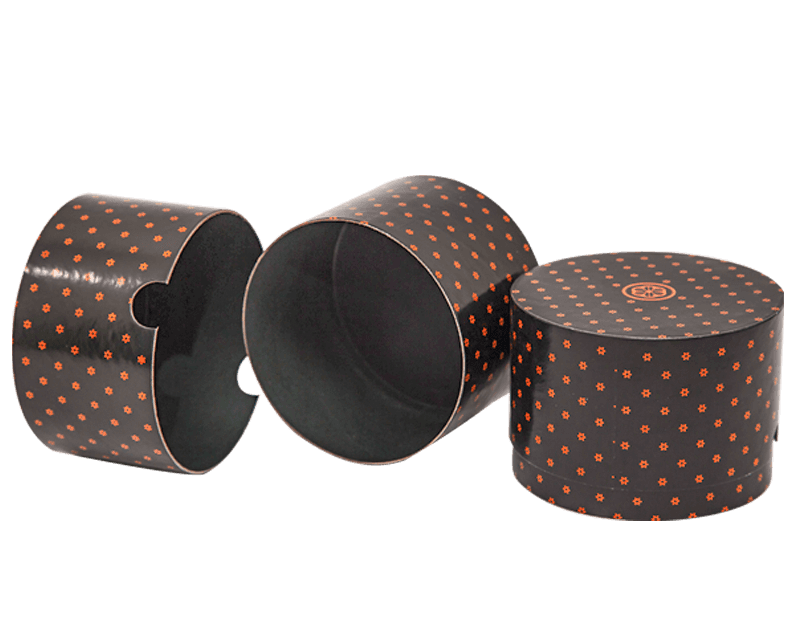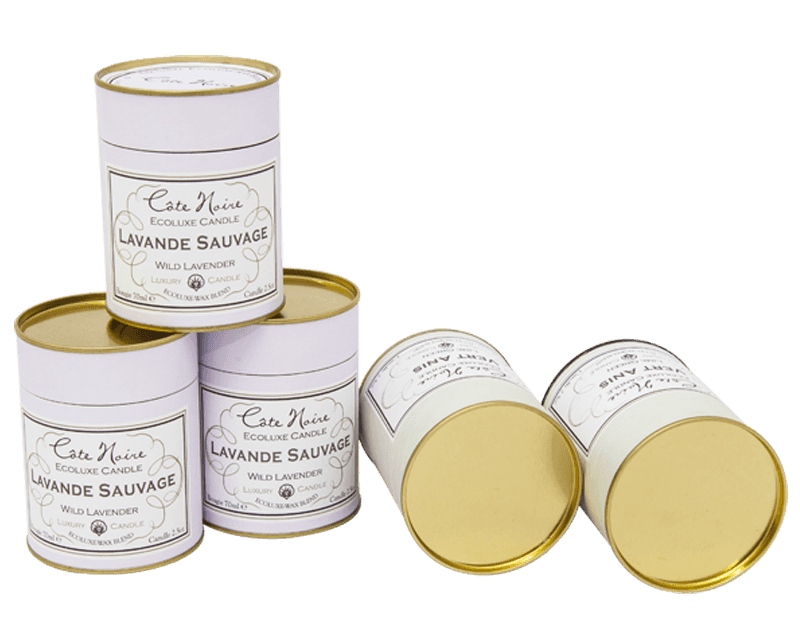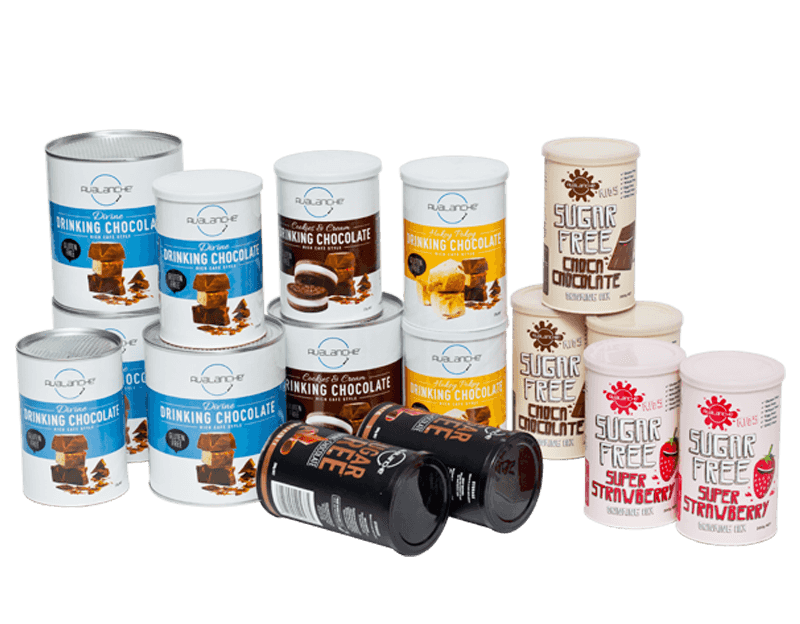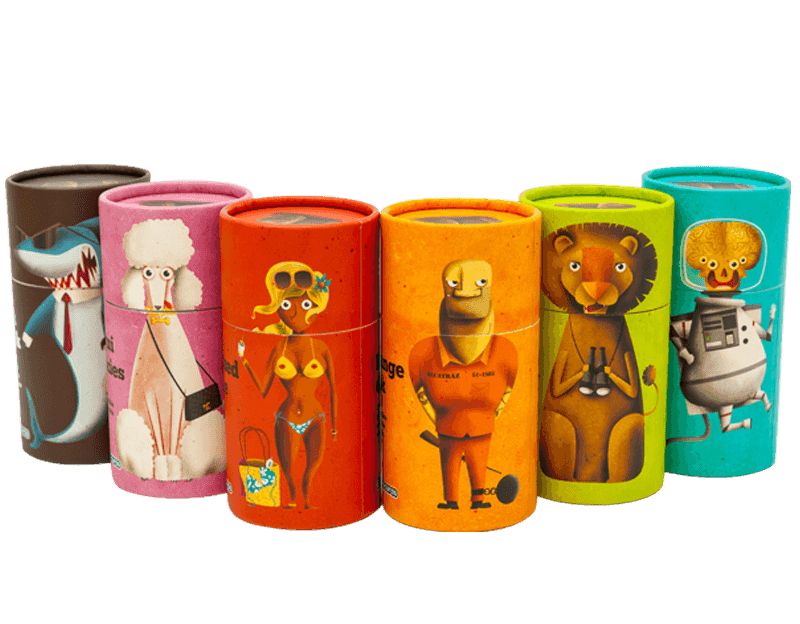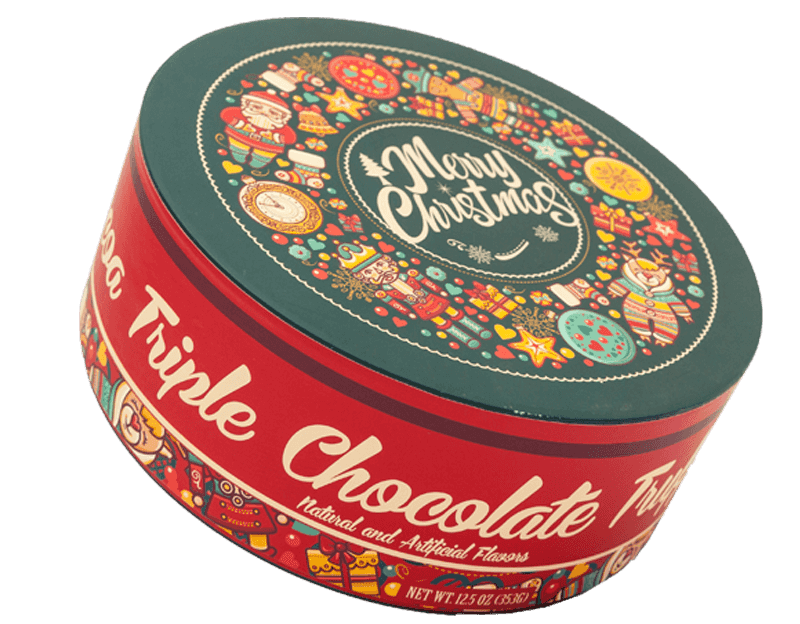As one of the top China cardboard tube packaging manufacturers and paper tube packaging suppliers, we devote all of our efforts to research and launch more high quality packaging products to global market.
Paper tubes, often referred to as cardboard cores, paper cores, or mailing tubes, are a staple of modern industry. While they may seem simple, these cylindrical products are essential components in a vast array of manufacturing, packaging, and logistical applications. For business and industry professionals, a deep understanding of their types, uses, and specifications is key to optimizing operations and controlling costs.
What Are Paper Tubes?
At its core, a paper tube is a hollow cylinder made from layers of paperboard or kraft paper that are wound and bonded together. The manufacturing process typically involves either a spiral or convolute winding method. Spiral winding is more common for producing long, continuous tubes of various diameters, while convolute winding is often used for creating heavy-duty cores with exceptional crush strength. The strength, thickness, and final application of the tube are determined by the type of paper, the number of layers, and the adhesive used.
Key Applications and Terminology
The term "paper tube" is a broad umbrella for products with many different functions. To navigate the industry, it's important to understand the specific terminology.
-
Paper Cores: This is the most common term for tubes used as a base for winding flexible materials. Industries like textiles, plastics, and paper mills rely on these paper cores to hold and transport products such as fabric, film, foil, and labels. Their performance is measured by their crush strength, which is critical for preventing damage during winding and shipping.
-
Mailing Tubes: These are typically used for shipping documents, posters, and other flat items that need to be protected from bending. They are designed to be durable yet lightweight, and they often come with plastic end caps to secure the contents.
-
Packaging Tubes: Many products, from cosmetics to high-end spirits, now use paperboard tubes for packaging. These are often custom-printed and designed to enhance a product's aesthetic appeal while providing robust protection. They can serve as an eco-friendly alternative to plastic containers.
-
Construction Tubes: Larger, heavy-duty cardboard tubes are used in construction as forms for pouring concrete columns. These are built to withstand the pressure of wet concrete and are easily stripped away once the concrete has cured.
The Importance of Customization and Specifications
For any business, choosing the right paper tube isn't a one-size-fits-all decision. Customization is crucial. A supplier's ability to produce a cardboard tube with precise specifications directly impacts the efficiency and quality of your operations.
When sourcing paper tubes, key specifications to consider include:
-
Inside Diameter (ID): This must match the size of the mandrel or spindle onto which the tube will be loaded.
-
Wall Thickness: Directly relates to the tube's crush strength and its ability to support weight without deforming.
-
Length: Tubes can be cut to any required length to fit specific machinery or product sizes.
-
Material Grade: The type of paper and adhesive determines the tube's strength, durability, and moisture resistance.
-
Surface Finish: A smooth or treated inner and outer surface can prevent damage to delicate materials like film or fabric.
A knowledgeable paper tube manufacturer will work with you to understand your specific needs, whether you're looking for a simple mailing tube or a heavy-duty paper core for industrial winding. They can provide guidance on the best materials and construction methods to ensure your products are protected and your operations run smoothly.
 English
English Español
Español

